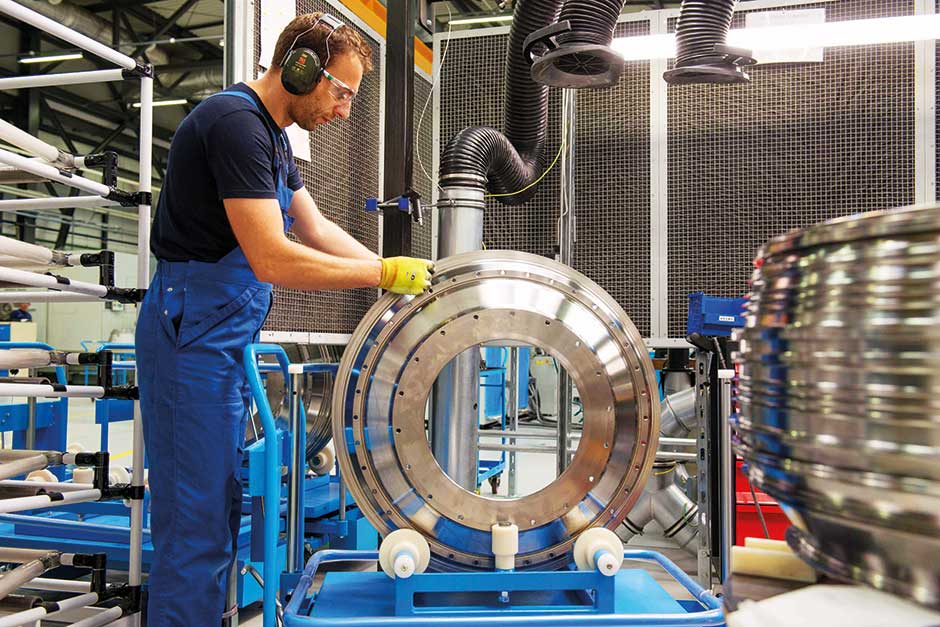
Toulouse: Airbus SE has solicited engine ideas for a narrow-body jetliner in development, drawing a proposal for a new geared design from General Electric Co.
GE's preliminary proposal reveals previously unreported talks between the engine maker and Airbus for a "next-generation" plane.
It's unclear whether the mooted aircraft would be a new model or an upgrade to one already in the company's catalogue, such as the A320neo or A220 single-aisle jets. It is not known when GE proposed the new engine, whether the plane might come to market, or how far along any talks are.
Ditch the old ways
Airbus CEO Guillaume Faury has previously indicated that the firm's next narrow-body will be a carbon-free design, with work underway on developing hydrogen-powered aircraft, though aviation watchers have also wondered whether a new conventionally fueled plane might be in the offing.
Agency Partners analyst Nick Cunningham said discussions may concern a model initially powered by jet fuel but adaptable to using other propellants. "A new narrow-body would start with a kerosene-powered geared turbofan, but with scope to use new propulsion technologies as they appear," he said.
Such technology for a full-size airliner is unlikely to be ready before 2030, though a smaller regional aircraft could fly before then, he said.
All in the range
Airbus is building an extra-long range version of its A321neo that will allow airlines to fly further with smaller, more efficient aircraft. The A320neo family currently offers either LEAP 1A engines from a GE joint venture, or Pratt & Whitney's PW1100G geared turbofan as options. The Neo, which stands for new engine option, is itself a more fuel-efficient version of the A320.
"GE Aviation continually reviews opportunities with airframers, including Airbus and Boeing, about engine technologies for the next generation of aircraft. The details of these discussions are confidential," the US company said by email.
Airbus similarly didn't disclose the nature of any discussions. "We are in constant dialog with our engine makers about the latest state-of-the-art technologies and ongoing innovations," it said by email. "There are many studies. Not all studies see the light of day."
More feint than thrust
Cunningham said talks may be a "feint" by Airbus to pressure Boeing into moving early on a new narrow-body plane before technologies are really ready. That could allow the European company to come in a few years later with a superior plane.
The US company's single-aisle strategy was thrown into disarray by the grounding of its 737 Max, which rivals the A320neo, after two fatal crashes. The Max has only just been permitted to fly again and it's not yet clear if it will be able to compete effectively with the Airbus plane.

Turbofan
GE proposed using a geared turbofan system it is developing, which it considered a "technologically preferred design for the next-generation narrow-body market," the US Court of Appeals for the Federal Circuit wrote in an opinion.
Airbus and Boeing are confronting mounting pressure to curb carbon emissions, while the coronavirus pandemic has exacerbated a marketplace shift away from their largest and most profitable planes. The two compete intensely over new designs that are high stakes because of the long lead-times and deep pockets required to bring a model to market.








